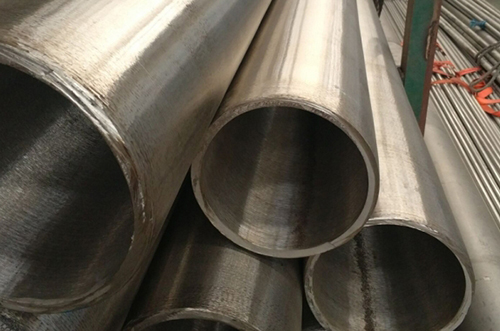Is stainless steel tubing bendable?
Stainless steel tubing is a ubiquitous and essential component in various industries, known for its durability, corrosion resistance, and sleek appearance. However, a common question often arises: Is stainless steel tubing bendable?
Stainless steel is an alloy that contains iron, chromium, nickel, and other elements, depending on the specific grade. This unique combination of elements leads to a crystalline structure that plays a pivotal role in determining the material's mechanical properties, including its ability to bend.
Bendability Factors
The bendability of stainless steel tubing is influenced by several key factors:
Alloy Type and Grade: Different stainless steel alloys exhibit varying levels of bendability. Austenitic stainless steels, which possess a face-centered cubic crystal structure, tend to be more ductile and hence more bendable compared to other types.
Tube Diameter and Wall Thickness: Thinner-walled tubes with larger diameters are generally more conducive to bending. The ratio of wall thickness to tube diameter affects the tubing's ability to undergo bending without deformation or damage.
Bend Radius: The bend radius refers to the minimum radius a tube can be bent without causing excessive stress or deformation. Larger bend radii are often preferred to maintain the tubing's integrity during bending.
Bending Techniques
Several methods are employed to bend stainless steel tubing while ensuring precision and structural integrity:
Mandrel Bending: Mandrel bending involves placing a mandrel—a rod or tool—inside the tubing during the bending process. The mandrel provides support and prevents the tube from collapsing or wrinkling, resulting in smooth and controlled bends.
CNC Tube Bending: Computer Numerical Control (CNC) technology has revolutionized tube bending. CNC machines can accurately control the degree and radius of bends, producing consistent results for complex geometries.
Heat Induction Bending: In this method, localized heating is applied to the tubing, making it more pliable and easier to bend. Once the desired bend angle is achieved, the tubing is cooled rapidly to maintain its shape.
Preserving Structural Integrity
One of the remarkable characteristics of stainless steel tubing is its ability to maintain its structural integrity even after bending. This is due to the alloy's inherent strength and resilience. Properly bent stainless steel tubing retains its corrosion resistance and mechanical properties, making it suitable for critical applications.
While stainless steel tubing can be bent using various methods, precision and expertise are paramount. Collaborating with experienced professionals who understand the material's behavior and have access to advanced bending equipment ensures that the tubing is bent accurately and reliably.
Previous: >> What grade is stainless steel tubing? Next: >> What is stainless steel 316 sch 40?







